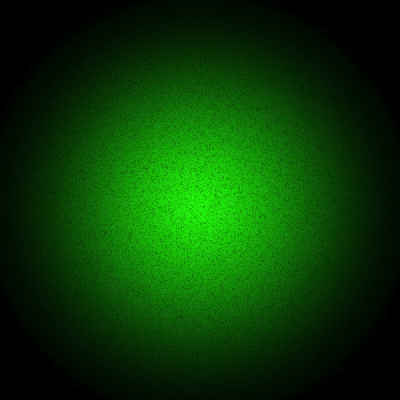
When discussing picture presentation in cinema, it’s easy to overlook the light source itself. But as advancements in projection and display technology move away from traditional light sources, the quality of light deserves attention. Newer light source technologies are designed to produce less or no infrared light, for example. Infrared radiation heats optics and light modulators, and components in the light path benefit from cooler operation. Newer light technologies also trend towards power reduction and substantial improvements in longevity, reducing operating costs. But along with the benefits come challenges that demand more insight into the nature of emerging light sources.
At its simplest, the goal of a light source is to reproduce the entire visible spectrum with a high degree of uniformity, as illustrated below.

Figure P-7. Full Spectrum (wavelength in nm)
Legacy light sources, such as the xenon lamps commonly found in projectors, produce a full spectrum of light with a high degree of uniformity across the spectrum. RGB primaries are developed by filtering this highly uniform light. The illustration below is representative of the concept.

Figure P-8. Filtered RGB Primaries (wavelength in nm)
Newer sources of light, however, do not generate full spectrum light. The most extreme example of a new generation light source is the laser illuminator. Laser light, by its very nature, is extremely narrow in bandwidth, often 1 nm or less. This can result in very narrow RGB primaries, as shown below.

Figure P-9. Laser RGB Primaries (wavelength in nm)
The illustrations above show the dramatic difference that can occur in the spectral content of newer light sources. These technologies take full advantage of the ability of human eyes to respond to tristimulus color representation. But with new benefits come new challenges. There are two well-known visual aberrations that accompany narrow-band primaries.
The first aberration is the visual phenomenon of metameric variability. The extremely narrow bandwidths of laser primaries do not always induce identical tristimulus response in human eyes. The result is disagreement among observers as to the colors projected or displayed on screen, an effect known as metameric variability. For some people, such disagreement can be disconcerting. In many cases, the absence of metamerism is experienced as a color cast in the image. While metamerism disagreements can occur with any light source, laser-illuminated projectors can greatly exacerbate the problem.
The practical way to address metameric variability is with wavelength diversity in the primaries. Xenon-filtered light presents the tried and true example, but wavelength diversity is possible with newer technologies, too. Note that it takes substantial diversity, beyond adding lasers a few nanometers apart, to mitigate metameric variability.
The second aberration is that of speckle. Laser light is coherent by design. Coherent light is extremely uniform in both directionality and frequency. When coherent light bounces off a screen, the reflected light interferes with the incident light, causing peaks and valleys of intensity, or speckle. The effect is captured in the animation below.

Figure P10. Laser Speckle (source: LaserPointerSafety.com)
There are several known techniques for eliminating speckle, including angle diversity, polarization diversity, wavelength diversity, and simply shaking the screen. Of these methods, the only one capable of mitigating both speckle and metameric variability is wavelength diversity.